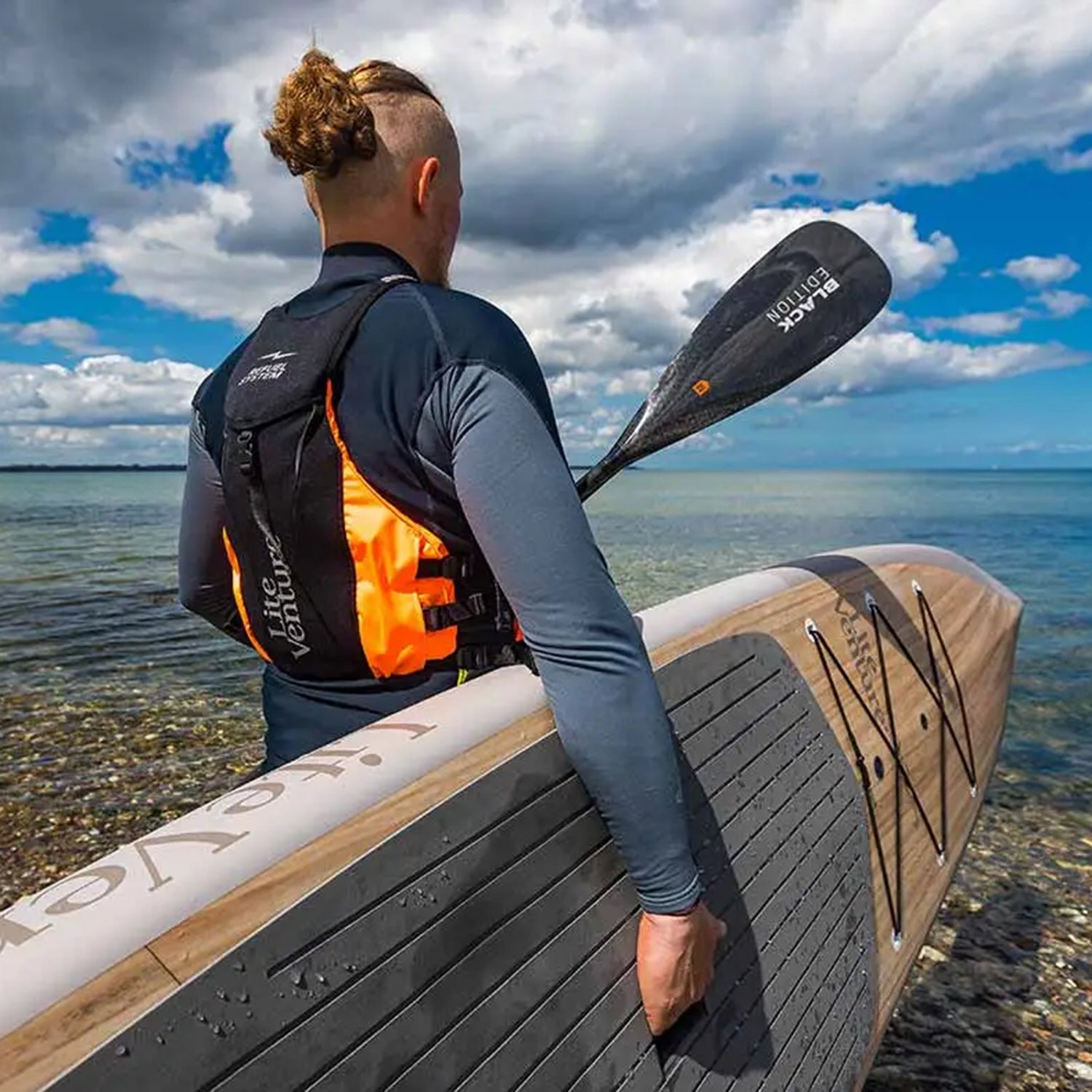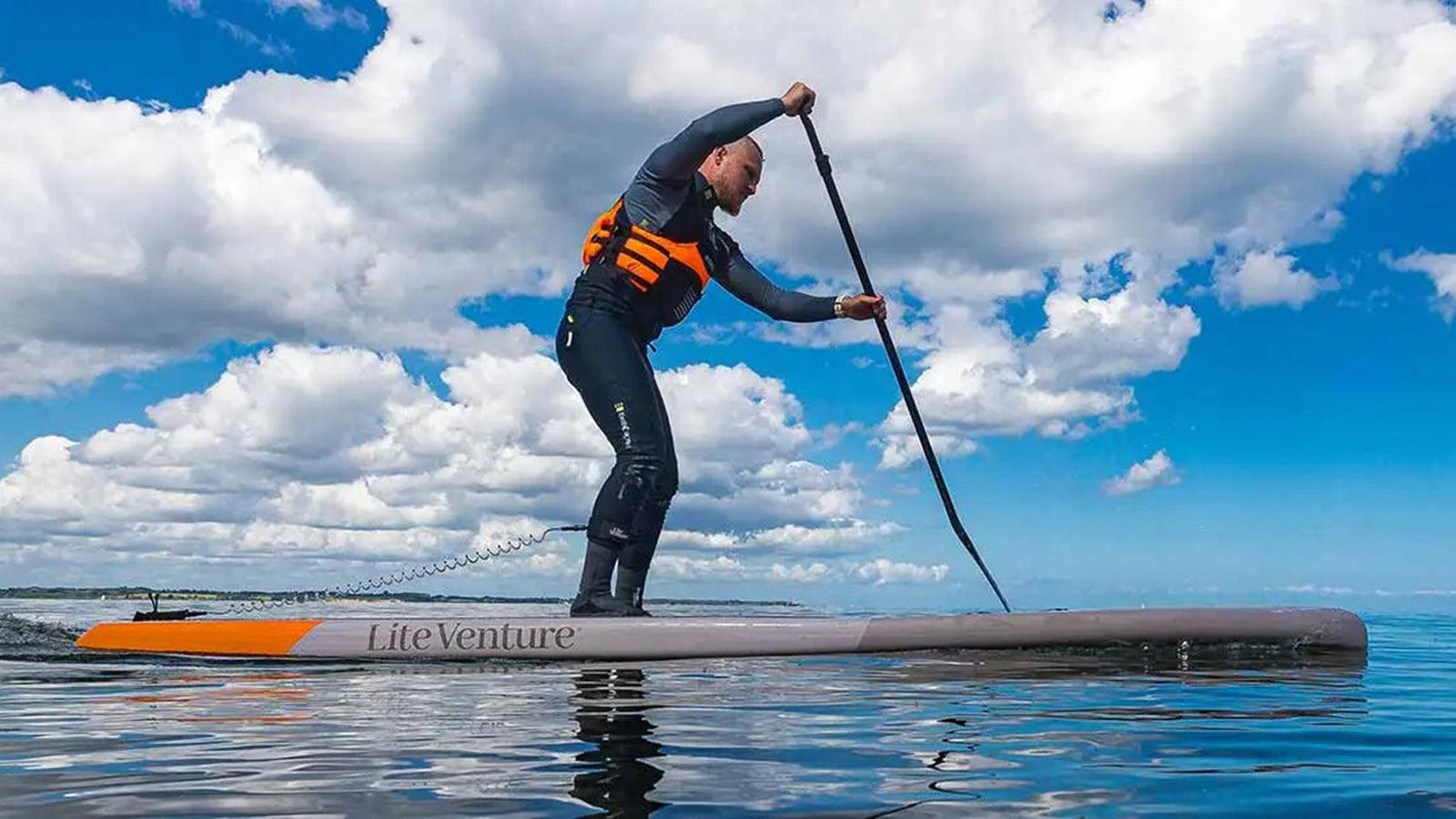We see them again and again: people who are firmly convinced that they don't need a life jacket or a rest room because"I can swim".And unfortunately people without life jackets also go to the SUP who can't swim at all or only badly. We want to help avoid accidents and bans in this brilliant sport. A broad awareness of the dangerous situations that can arise at SUP and the knowledge of the correct avoidance and equipment are the beginning:
How does a dangerous situation arise on the SUP board?
Falling into the water can be dangerous not only in the cold season. Anyone paddling on the board should be prepared for a potential emergency. It doesn't matter how good your swimming skills, experience or the characteristics of the water are. Reasons for a dangerous situation can be someone else's fault, a change in weather conditions or unexpected, personal behavior in a stressful situation.
At first glance, an unintentional fall into the water appears relatively harmless and is possible at any time, because you lose your balance. Because this is unexpected, it's possible to panic and lose control of your usual abilities:
- Moment of Surprise
- Shock and respiratory paralysis from immersion in cold water
- Aspirate / Breathing in water
- Muscle cramps
- The board is not secured with a leash and drifts away
Those who panic do not always behave prudently and forget the theory to drive learned behavior such as lying on your back and to keep calm.
It is also possible that other participants on the water are at fault. Motor boats, sailing ships, etc. move much faster and may not be able to dodge or react adequately.
The leash is the basic security
If the board is not secured to the body with a leash, it can drift away very quickly. In wind, waves or currents in particular, it disappears much faster than you could swim after it! In the worst case, after falling into the water you are far away from the shore and cannot get back on the board.
A leash is therefore an essential part of the basic equipment, because it prevents the board from drifting off! The leash is attached to the ankle and the board when the water is still. When used on flowing water, the leash should either be attached to a special hip belt due to the current or not worn, as it can become a deadly hazard if it gets caught on obstacles. You can find out more here on the Supscout website.
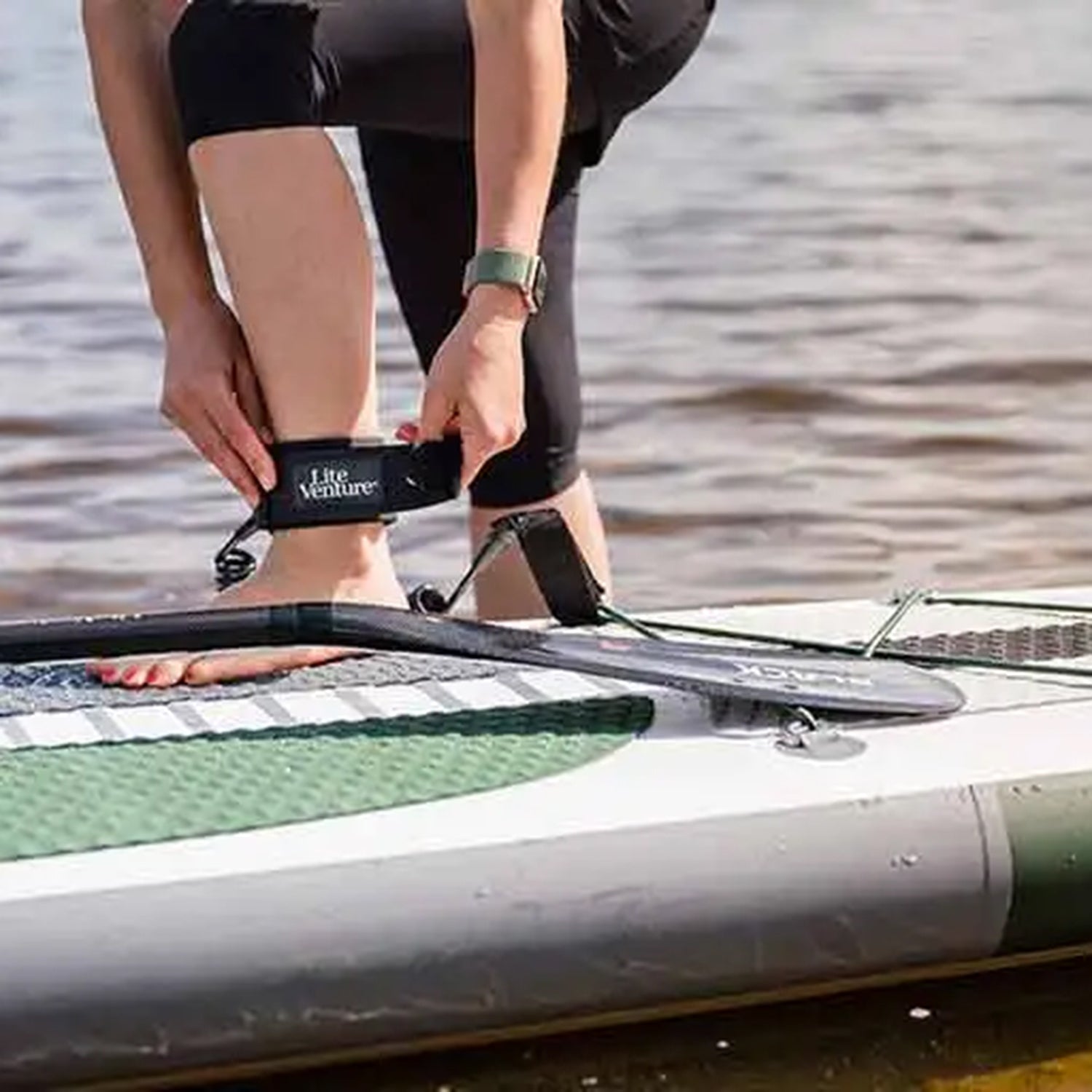
Picture above: The leash (= line) is attached to the ankle and the board with Velcro. It secures the board and prevents it from drifting off after falling into the water. When paddling on flat water, a "curled leash" is used because it rolls up and tightensntif necessary. That way you don't get tangled up with it. "Coiled" leashes are smooth and are used when surfing. The leash should be attached to a D-ring in the back of the board, not to the luggage net.
Real-life scenario: A harmless situation changes in a flash
Autumn in Salzburger Land: Two practiced and experienced paddlers with very good swimming skills are on their SUP boards on Lake Wolfgang. It's early fall, the water is still warm from summer, the conditions are peaceful and the surface of the lake is flat. You start to cross the lake, from the shore next to the Falkensteinwand over to Gschwandt. Suddenly a Fön storm comes up - a weather phenomenon that is possible in this region in autumn, but the two strangers don't expect it.
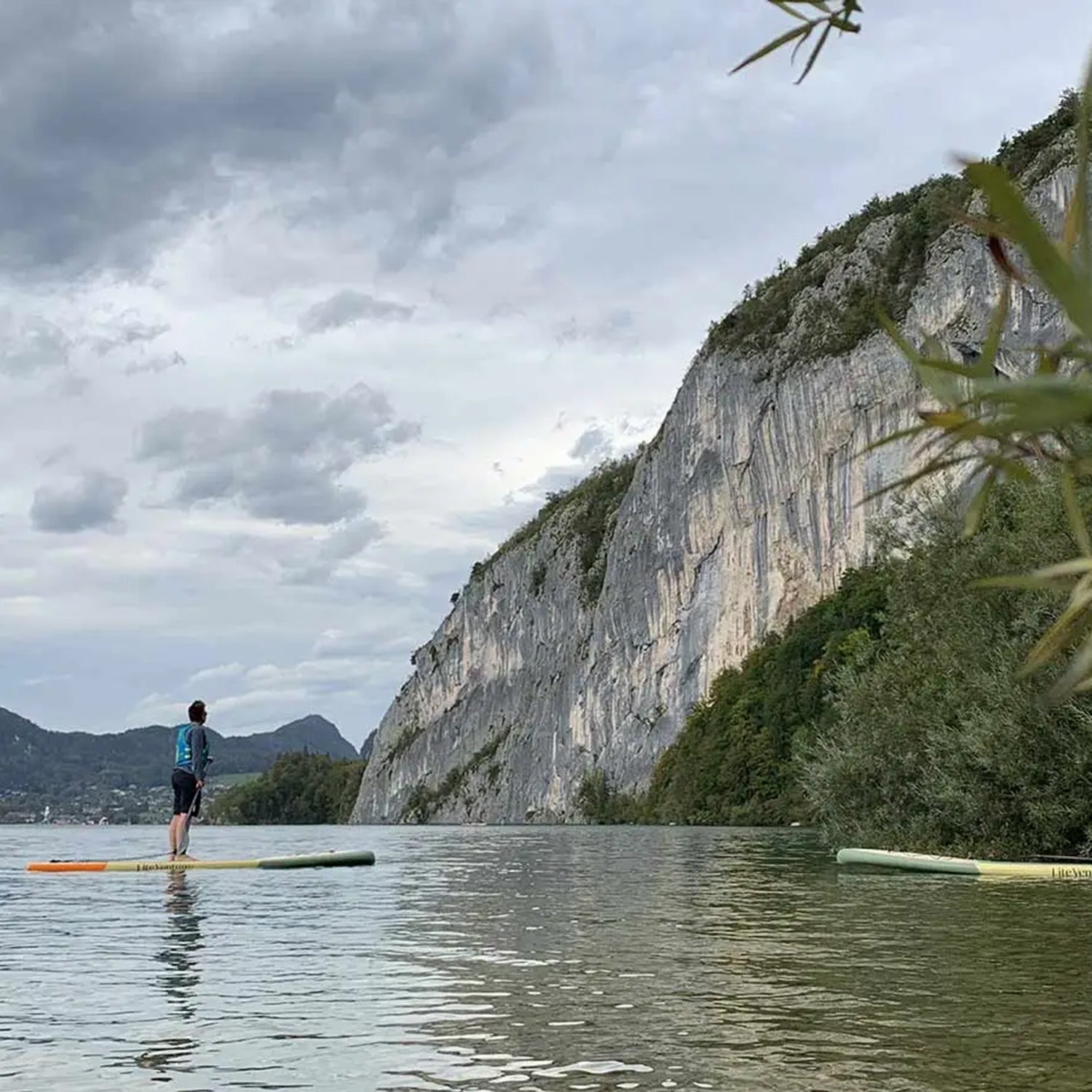
Picture above: It's still calm before the storm - peaceful paddling in calm conditions on Lake Wolfgang
The two of them can hardly manage against the increasingly stronger wind from the opposite direction, and this quickly causes high waves. The situation changes within a few minutes. The paddler who is in front loses her balance in a gust and falls backwards off the board. The hardboard, relieved of her weight, is thrown up by the wind and lands at the point where the paddler just dived!
It's good that she comes back up immediately - thanks to the life jacket without her having to do anything - and can do it quickly they hold on directly to the board - thanks to the leash, the board did not drift off despite the strong wind. She is fully conscious and both of them manage to steer their boards back to the starting shore, which is closer, with the wind direction.
Both realize: This situation was dangerous and could have ended differently . The rear paddler could no longer paddle against the wind and thus could not reach the fallen woman to help. In the worst case, the board could have hit the head and led to unconsciousness and an inability to act.
Without a vest, there is no chance of staying afloat on your own!
The hour of the life jacket
And that is the point that clearly speaks in favor of a life jacket: it ensures that the person wearing it can reach the surface of the water without their intervention at any time. If the relationship between buoyancy and body weight is correct, you “pop” back up immediately after the fall. In some cases, the vest even prevents your head from submerging, which is a great advantage in cold water.
Important: The vest only works if you wear it from the start. If you carry it on the board in the event of an emergency, you have to put it on quickly, which is sometimes not possible and takes time.
Like a life jacket, the life jacket does not ensure that you are automatically turned onto your back if you are unconscious because she has no collar. But the hustle and bustle on the surface in an unconscious state ensures that a helpless person can be seen by others, reached and rescued quickly.
When does a restroom make sense?
Having the Restube with you as a buoyancy aid may make sense if it's too hot for a vest or if you're taking part in a competition as an athlete and need a very high degree of freedom of movement. It is also a great tool for swimmers, for example to be able to trigger a swimming aid in the event of a cramp. However, the fact remains that this helper just needs to be triggered before it will work, and that's a downside in our view.
We share the view that when SUP paddling, you're using the board itself already has a perfect buoyancy device with you: the board floats without being released ;-) You just have to make sure that it doesn't move away in the event of a fall. As already explained, the leash is as much a part of the basic equipment as the paddle.
We know from discussions: Restubes fans argue that the board could burst or the leash can tear off under tension and in this case they need it man the solution that is attached to the body. This view should not be withheld here, because this scenario is also justified.
However, we are not aware of any case of an inflatable SUP board bursting on the water. Inflatables can then burst if they are stored in the sun and subjected to high pressure increases due to heat, which does not happen on the water. If you paddle a hardboard, you're out of this topic anyway...
Our conclusion: the life jacket is the safer equipment compared to the Restube.
The perfect life jacket for SUP
The two female paddlers on Lake Wolfgang were ourselves - Anne and Myriam - the founders of Lite Venture. Having been on the SUP and kayaking for many years, safety equipment has always been a matter of course for us - and after this experience we are all the more convinced: Anyone, regardless of their abilities, can get into a dangerous situation on the water in which they life is in danger without equipment.
From our sales consultations, we know the arguments that prevent people from wearing a life jacket: The most frequently mentioned is the restriction of mobility. That's why we have a very large range of waistcoats to choose from and try on in Eschbach's stationary shop.
We wanted to include a waistcoat in our own product line that was as light and comfortable as possible to wear, even when it was sporty Paddle! In addition, it should not be bulky and offer a pleasant, discreet look despite good visibility.
More information about this vest directly here:
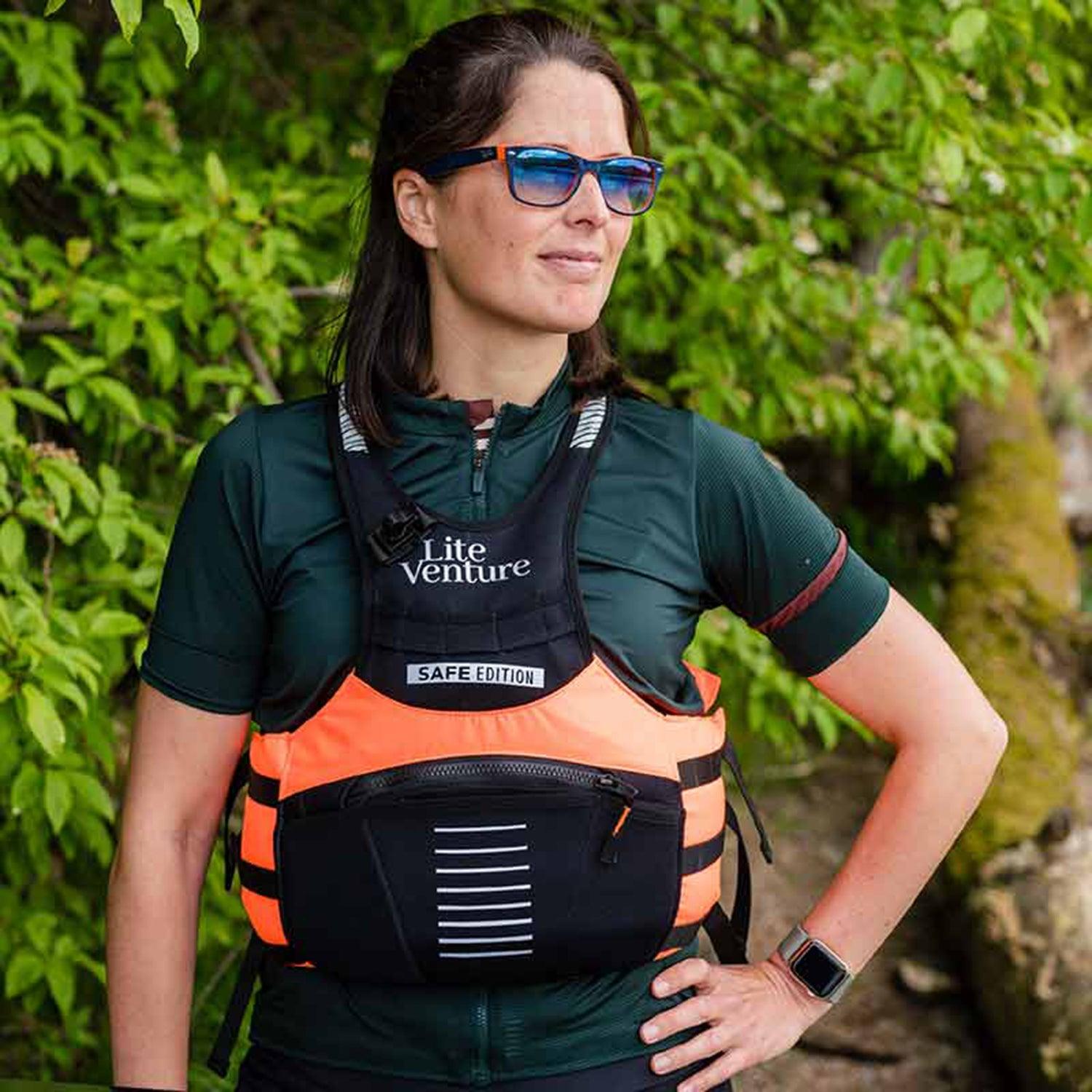
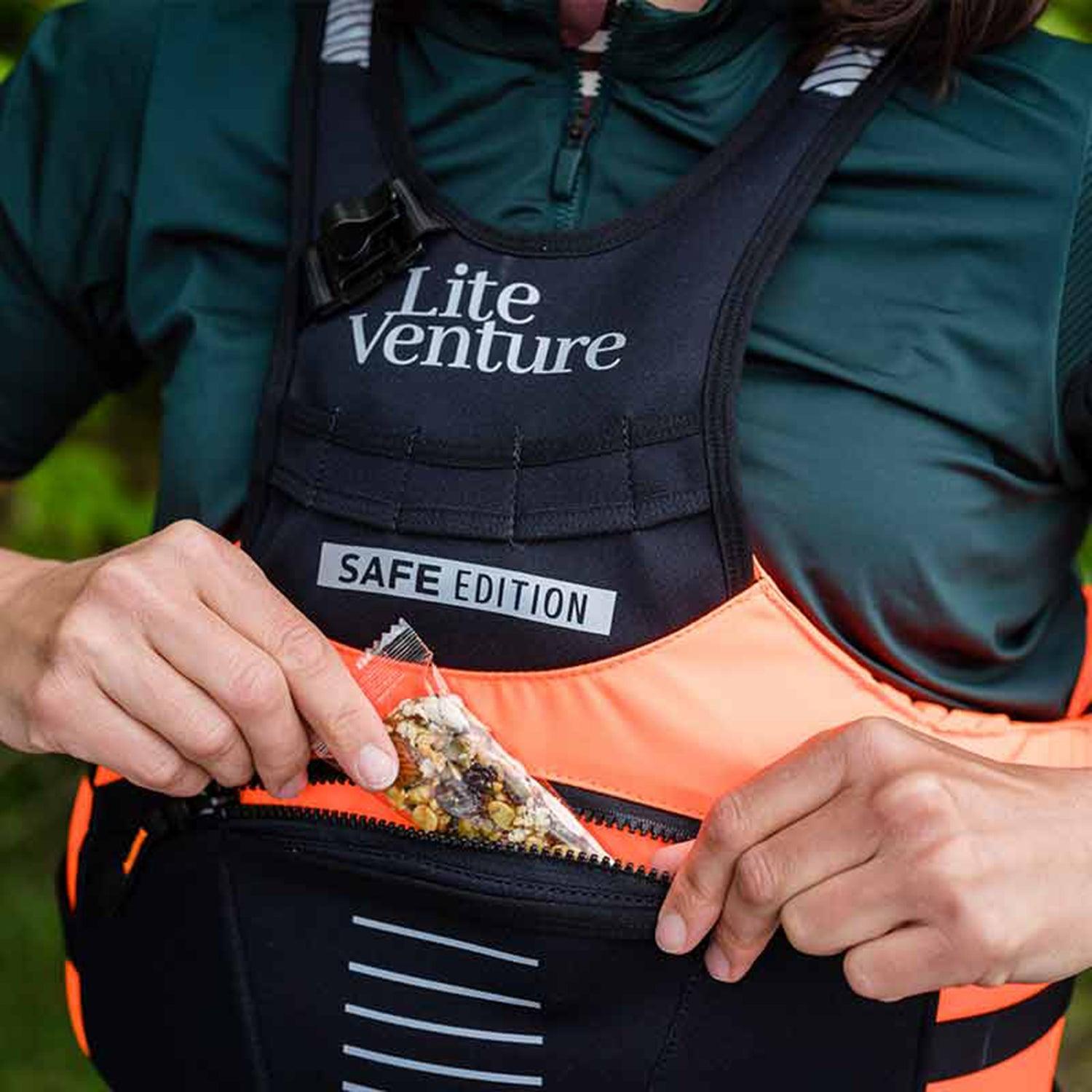
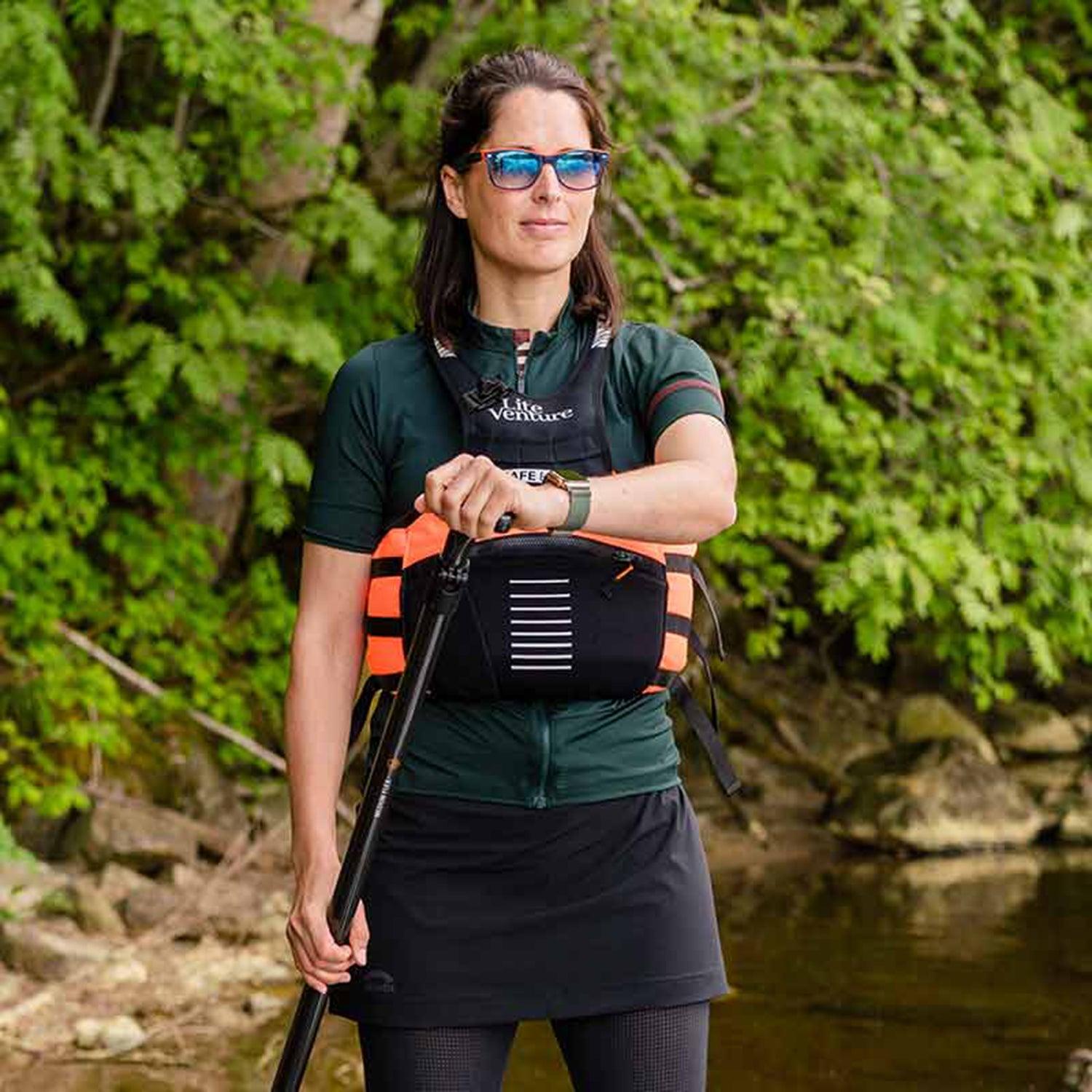
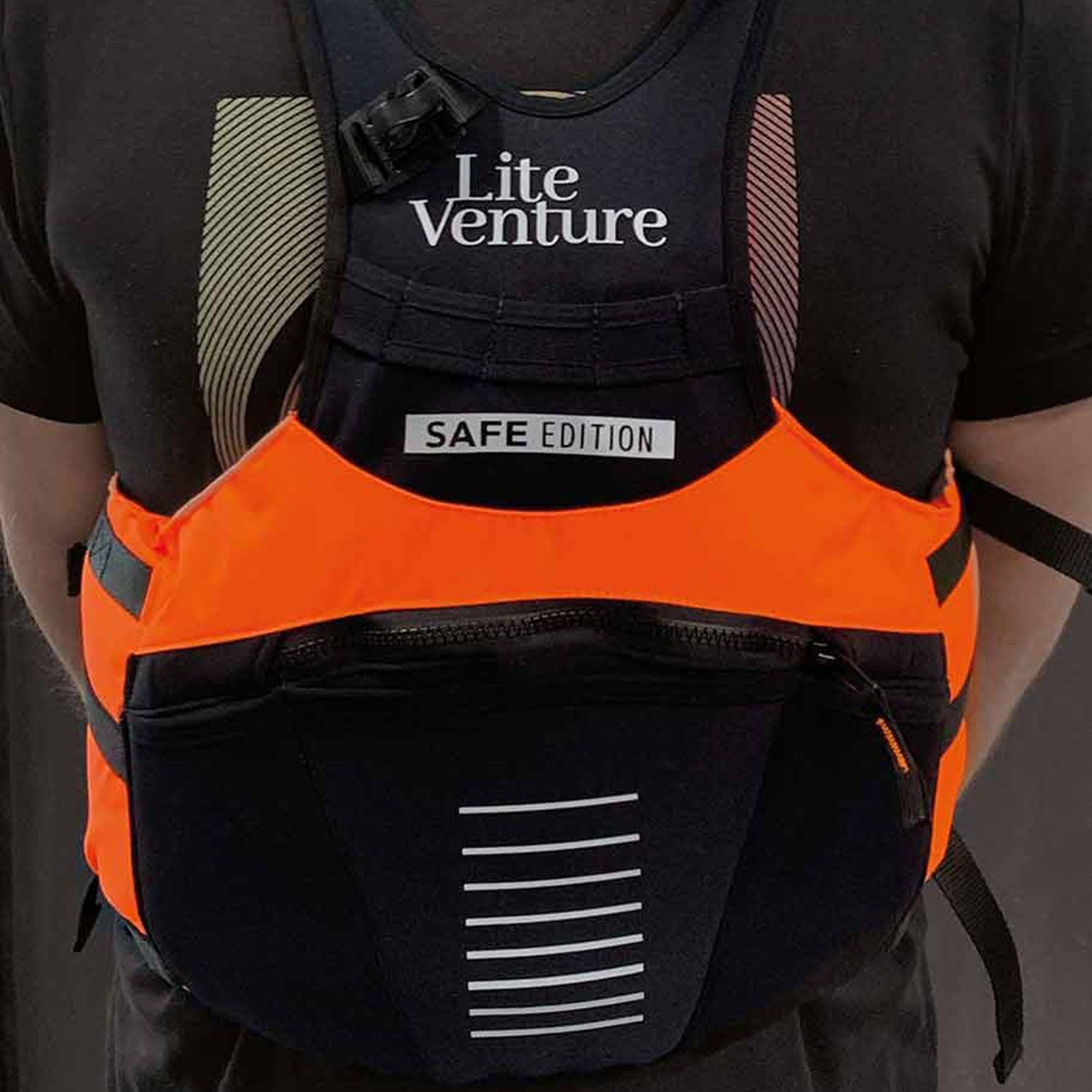
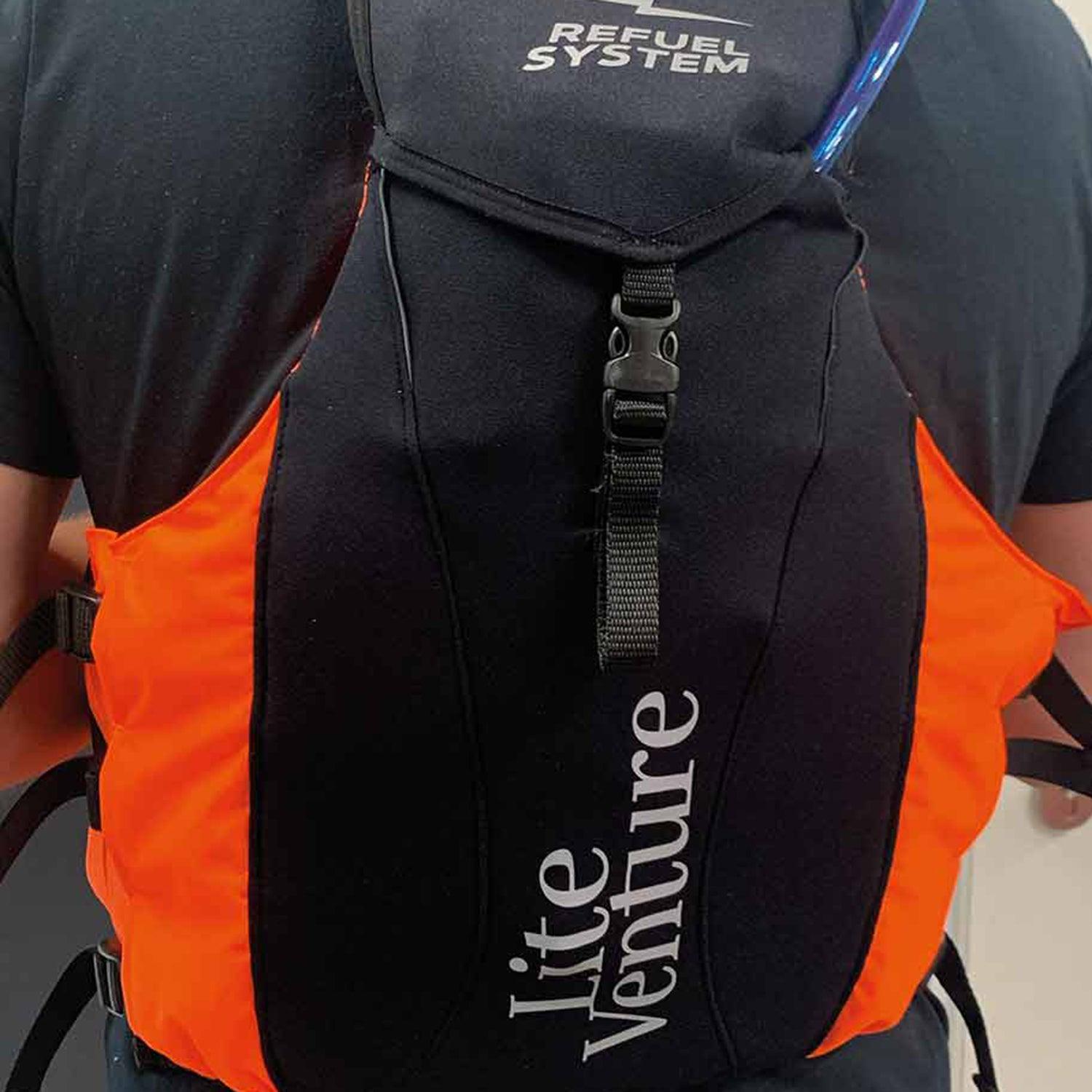
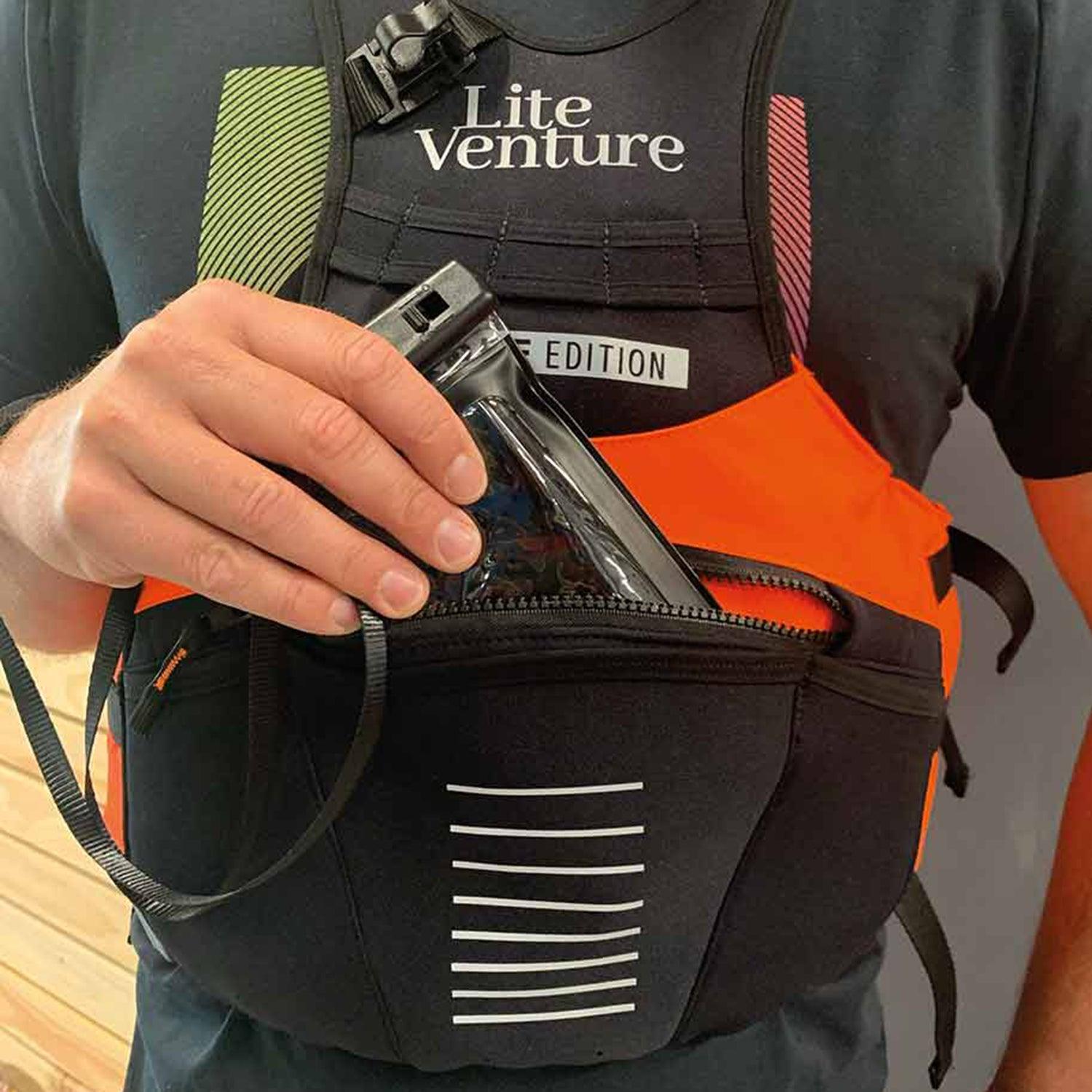
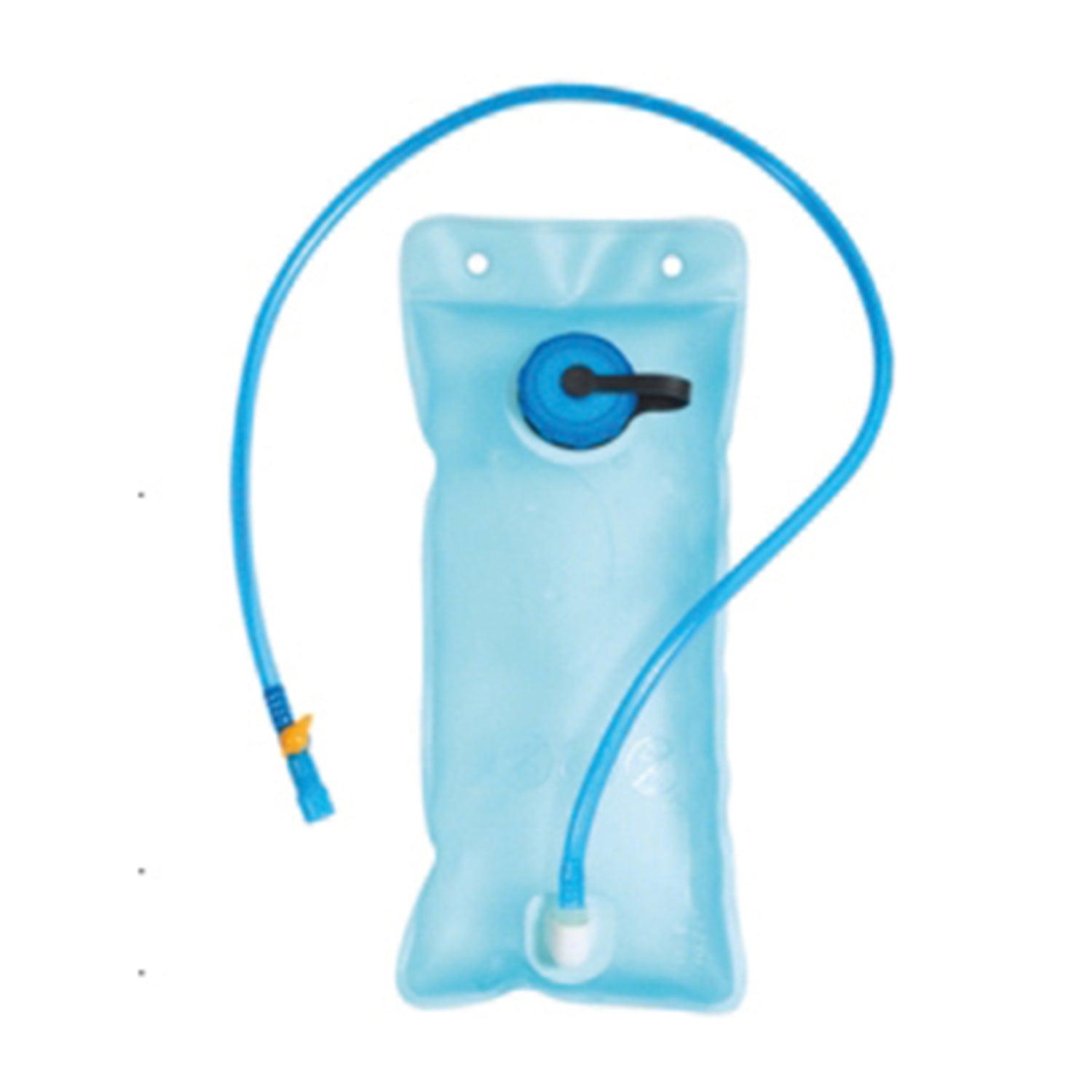
Lifejacket Marathon Racer
Finally a lightweight waistcoat with plenty of freedom of movement for sporty paddling! Optionally with PVC-free hydration bladder, volume 2 l. Choose the size of your waistcoat according to body weight:
.
Collection in Eschbach possible
Usually ready in 24 hours

Lifejacket Marathon Racer
XS for 30 to 60 kg / without hydration bladder
Eschbach
Breisgauring 3
79427 Eschbach
Germany
